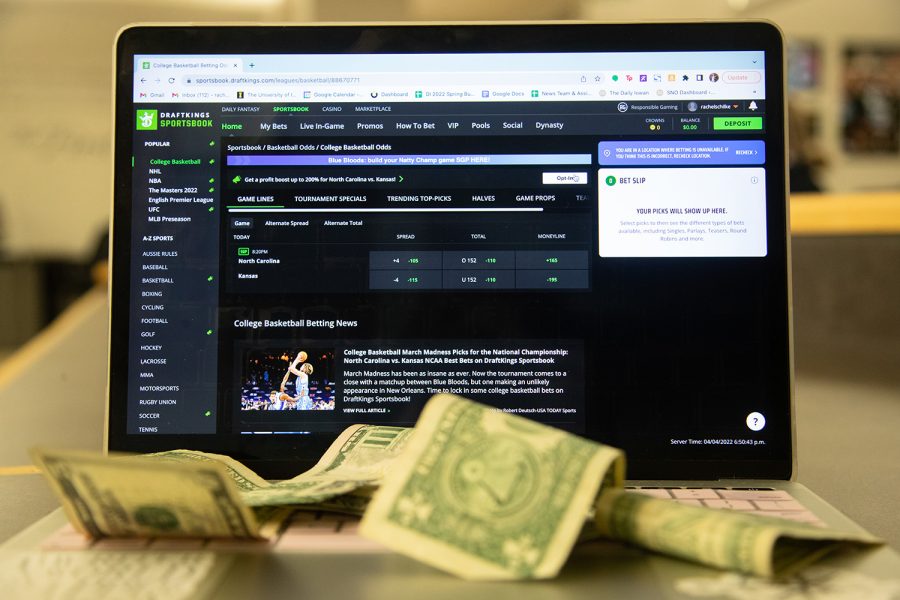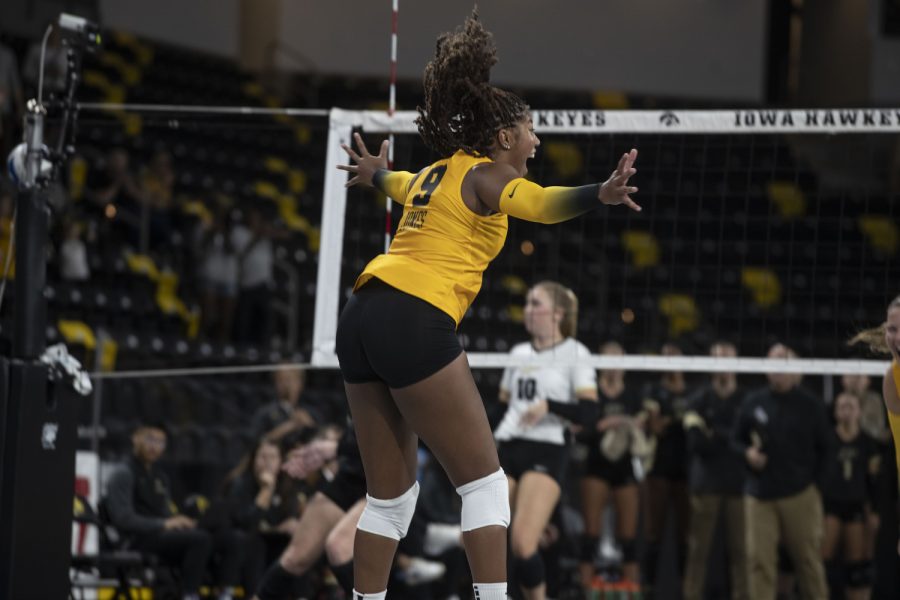There is a culture clash on the Iowa women’s tennis team, but, head coach Daryl Greenan says, this is a good thing.
Greenan has eight players on the current Hawkeye roster. Six are from the United States, but freshman Sonja Molnar is from Guelph, Ont., and senior Merel Beelen hails from Grubbenvorst, Netherlands.
Seven of the eight players are on scholarship, meaning Greenan is currently holding one and along with Beelen’s, he will have two to lure top recruits for fall. He is looking internationally to find them.
“We recruit the best American student-athletes we can get first,” the coach said. “Then we supplement that with the best international kids we can get. We leave no good tennis country untouched.”
The signing period will begin April 8 and run through Aug. 1, but the recruiting process is year-round for Greenan. He receives numerous e-mails about international athletes from numerous countries. He goes after foreign players not just because they have talent but also because he has a better chance at selling them on coming to Iowa.
“It’s not that they are better, it’s that we have a better shot at getting them,” Greenan said. “American kids have so many schools to choose from.”
Beelen follows this model, saying she came to Iowa because she didn’t have any other options if she wanted to continue playing tennis.
“I wanted to play tennis, and back home, we don’t have college sports or sports at all or high school sports,” she said.
Tennis overseas is mainly a club sport in which athletes compete on their own rather than for a school. Greenan said the adjustment to moving to a new country isn’t as major as most people think because foreign students are typically very independent. However, there are obstacles when bringing in foreign players, such as speaking English. The NCAA has also made it more difficult by recent rule changes.
“The NCAA clearinghouse dictates academic and amateur status. It used to be the school,” Greenan said. “International kids have more opportunity for money tournaments or pro tournaments that can compromise their eligibility. Americans know they can’t sign in as a pro or accept money other than expenses.”
Another reason Greenan likes having international players on his team is because of the new customs they bring. He knows because he was one himself. The Ontario native played collegiately at Division-II Valdosta State in Georgia, where he became an All-American.
“I look back on my own experience and appreciate learning the culture of kids from other parts of the world,” Greenan said. “It’s a nice education in itself. I think it opens the eyes of American kids what goes on outside of the U.S.”
Canadian universities don’t provide athletics scholarships, which is why Molnar, like her head coach, chose to come to the U.S. for a chance to play tennis.
“It gives the girls a different perspective of the game because they come from a completely different culture and the way the tennis is played,” Molnar said.
In the end though, talent and ability are the things Greenan considers most when recruiting beyond American borders.
“Some people think it takes away opportunities from Americans by giving away scholarships to international student athletes,” Greenan said. “But if a kid is at the level where she can play in our lineup and make us better, then we’re going after her.”






